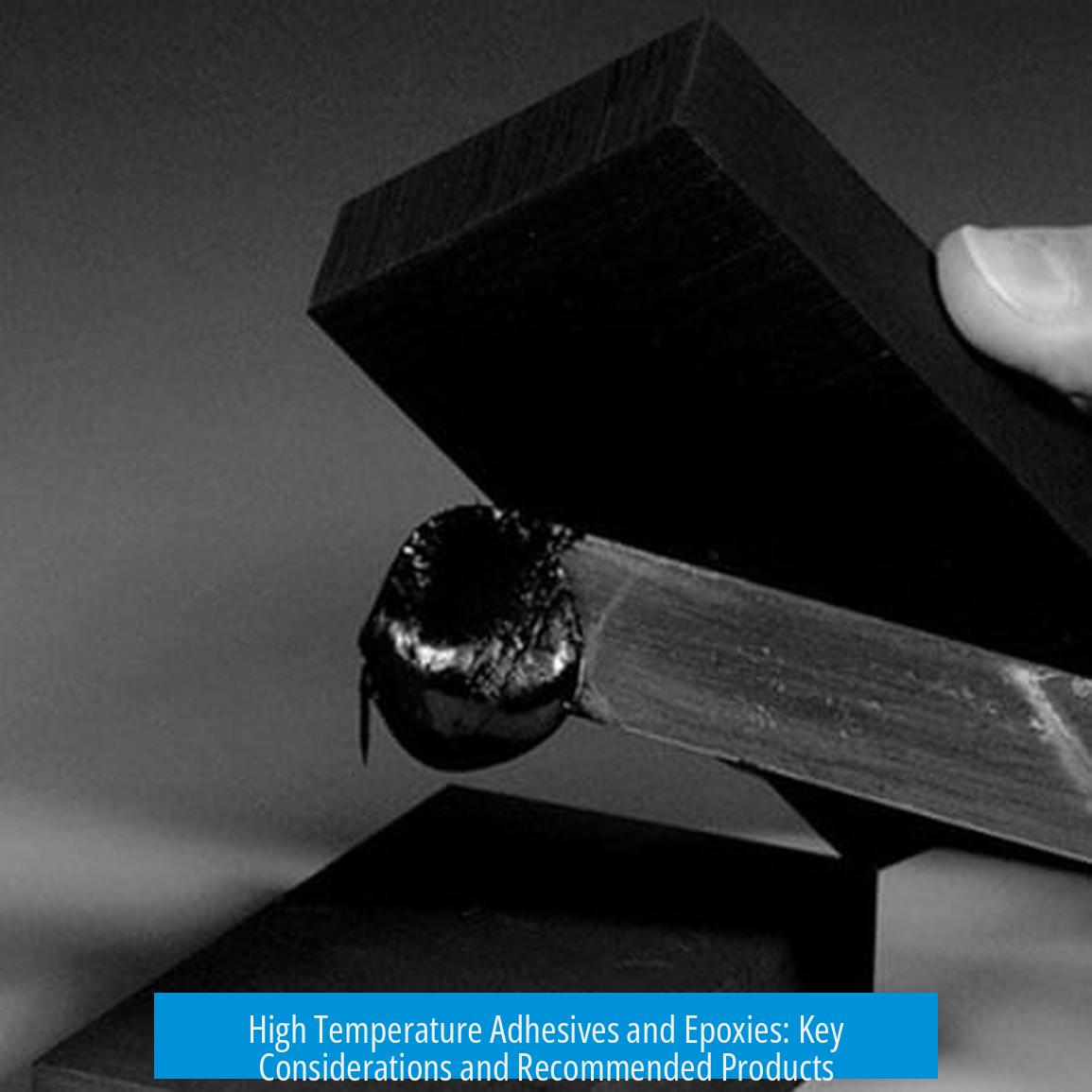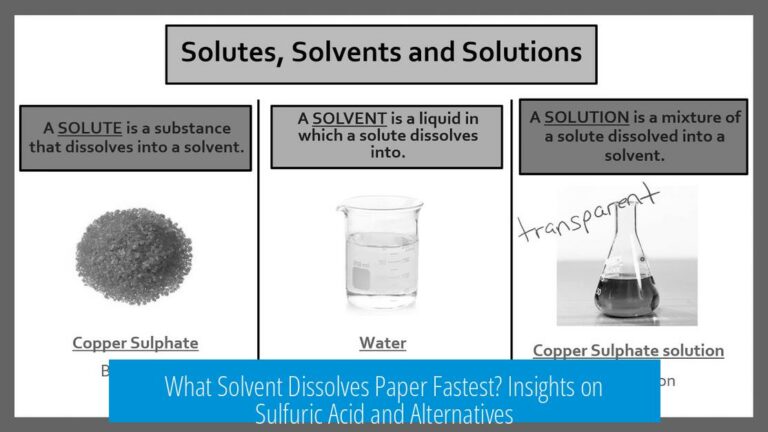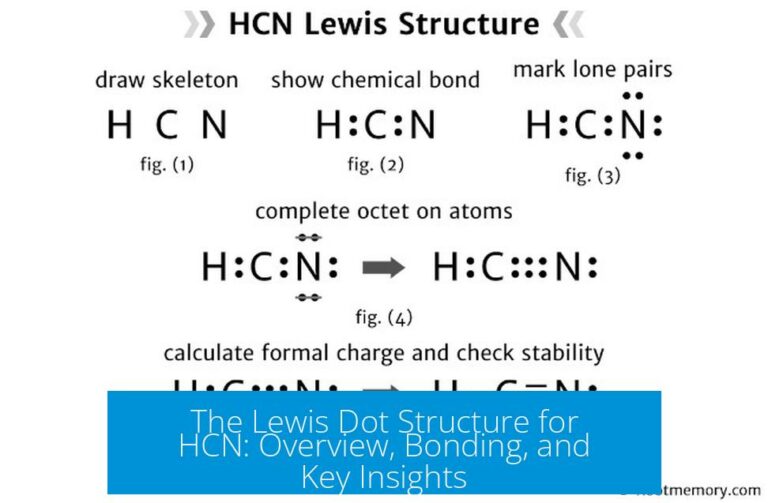Using Very High Temperature Adhesives and Epoxies: What to Expect
Very high temperature adhesives or epoxies traditionally cannot withstand temperatures beyond about 550°C. Epoxies, common for many bonding tasks, degrade below this threshold, making them unsuitable for extreme heat applications. Alternatives like ceramic adhesives or metal-ceramic bonding methods are necessary to meet high temperature requirements.
Limitations of Epoxies and Carbon-Based Adhesives
Epoxies are popular for their strong bonding and ease of use. However, their thermal resilience has strict limits. Usually, epoxies begin to breakdown above 250°C. Even the best formulations rarely survive past 550°C. Carbon-based adhesives face similar temperature constraints and pose additional risks due to their combustibility in oxygen-rich environments.
- Epoxies stable only up to ~250°C in typical applications.
- Maximum practical temperature rarely exceeds 550°C.
- Graphite adhesives can tolerate high heat but require oxygen-free environments to prevent combustion.
Alternatives for Very High Temperature Bonding
Ceramic Adhesives
Ceramic-type adhesives form the backbone of ultra-high temperature bonding solutions. These include thermoset glasses and powders containing zirconia or alumina.
They provide excellent heat resistance compared to organic alternatives but have different handling characteristics and mechanical properties.
- Thermoset glasses withstand temperatures beyond 700°C.
- Zircon or alumina additives improve bonding strength and thermal stability.
- Additives influence viscosity and curing behavior, affecting application methods.
Silicone Adhesives
Silicones are flexible and user-friendly but have limited high-temperature endurance. Their maximum operating temperatures range from 300°C to 450°C, often falling short for ultra-high temperature needs.
Metal-Ceramic Bonding: Brazing and Diffusion Welding
For certain assemblies, adhesives may not suffice. Instead, mechanical bonding techniques such as brazing or diffusion bonding provide durable and heat-resistant joins.
Diffusion welding example: a titanium foil layer between alumina and stainless steel starts bonding at ~700°C, forming a joint stronger than either base material.
- Brazing is industry-standard for joining metal to ceramic at high temperatures.
- Diffusion bonding exploits atomic migration at elevated temperatures to form near-perfect joints.
- These methods require precise temperature control and clean surfaces.
Challenges in Bonding Ceramics to Metals
Ceramics present intrinsic obstacles due to surface chemistry. Their glossy, non-porous surfaces resist wetting by adhesives. This reduces effective bonding and complicates joint durability.
Another major issue is the mismatch in thermal expansion between ceramics and metals. This differential causes stress during temperature cycling, often leading to cracks and joint failure.
- Ceramics do not absorb adhesives; they repel liquids at the microscopic level.
- Rapid cooling generates mechanical stresses because metals and ceramics expand and contract differently.
- Adhesive selection must consider flexibility or compliance to accommodate thermal strain.
Key Practical Considerations for High Temperature Adhesive Selection
Choosing the right adhesive requires a clear understanding of several factors:
- Operating temperature range: Whether bonding occurs at room temperature or at elevated temperatures during service or curing.
- Mechanical requirements: Flexibility, expansion allowance, and strength necessities.
- Post-processing needs: Will the adhesive joint require drilling, machining, or cutting after curing?
For example, many glassy ceramics are brittle. They resist mechanical manipulation and may shatter if drilled or stressed. Adhesives with high rigidity suit static applications, while those offering flexibility absorb thermal expansion better.
Recommended Industrial Products and Suppliers
Several manufacturers specialize in high temperature adhesives designed for industrial use. Direct engagement with these suppliers helps identify products matching unique requirements.
- Loctite (Henkel): Offers ultra-high temperature sealants, capable of temperatures exceeding those of traditional epoxies. Loctite Ultra-High Temperature Sealants
- Aremco: Specializes in ceramic-based adhesives rated for very high temperature applications, often used in aerospace and industrial contexts.
Contacting adhesive companies directly is advisable since industrial-grade formulations may not be listed publicly. They often have custom or specialized products for unique temperature and substrate conditions.
Additional Technical and Operational Cautions
Many high temperature adhesives require stringent environmental controls during application.
- Water presence affects adhesive quality. Even trace water in solvents (~1-4 ppm) negatively impacts curing or bonding.
- Using certified inert gases (<1 ppm water) ensures minimal moisture interference during curing.
- Clearly defining strength requirements prior to adhesive selection avoids over- or under-specification.
Respect for intellectual property during research or application is vital. Sharing or implementing patented adhesive technologies without clearance poses legal risks.
Summary of Key Points
- Epoxies and carbon-based adhesives fail above ~550°C; typical practical limit is near 250°C.
- Ceramic adhesives, including thermoset glasses, zirconia, and alumina variants, withstand much higher temperatures.
- Silicone adhesives max out around 450°C, limiting their use in ultra-high temperature contexts.
- Brazing and diffusion bonding join ceramics and metals effectively at temperatures above 700°C.
- Ceramic bonding challenges include poor wetting and thermal expansion mismatch with metals.
- Select adhesives compatible with mechanical and thermal needs, considering flexibility and post-processing demands.
- Consult manufacturers like Loctite and Aremco for industrial-grade solutions tailored to specialized requirements.
- Maintain dry conditions and clearly define strength criteria. Avoid IP risks when sharing or using proprietary formulations.
What are the temperature limits of traditional epoxies and carbon-based adhesives?
Epoxies generally fail above 250°C and rarely survive past 550°C. Carbon-based adhesives face similar limits and can combust if exposed to oxygen at high temperatures.
Which adhesive types work best above 500°C?
Ceramic adhesives like thermoset glasses, zircon, and alumina products perform well at very high temperatures. Metal-ceramic bonds often use brazing or diffusion welding methods instead of adhesives.
Why is bonding ceramics to metals challenging at high temperatures?
Ceramics resist wetting by adhesives and don’t bond easily. Different expansion rates between ceramic and metal cause joint stress, often cracking bonds during cooling.
How do I choose an adhesive for high-temp applications considering flexibility and expansion?
Consider if the adhesive needs to flex or endure expansion. Flexible adhesives behave differently from brittle ceramics. Matching adhesive properties to substrate expansion prevents joint failure.
Are there industrial sources for ultra-high temperature adhesives?
Companies like Loctite (Henkel) and Aremco offer high-temp ceramic adhesives. It’s best to contact suppliers directly for products tailored to your specific temperature and bonding needs.
How important is moisture control when using high-temp adhesives?
Moisture can degrade adhesive performance even at ppm levels in solvents or gases. Ensuring an ultra-dry environment is crucial for reliable high-temperature bonding.





Leave a Comment